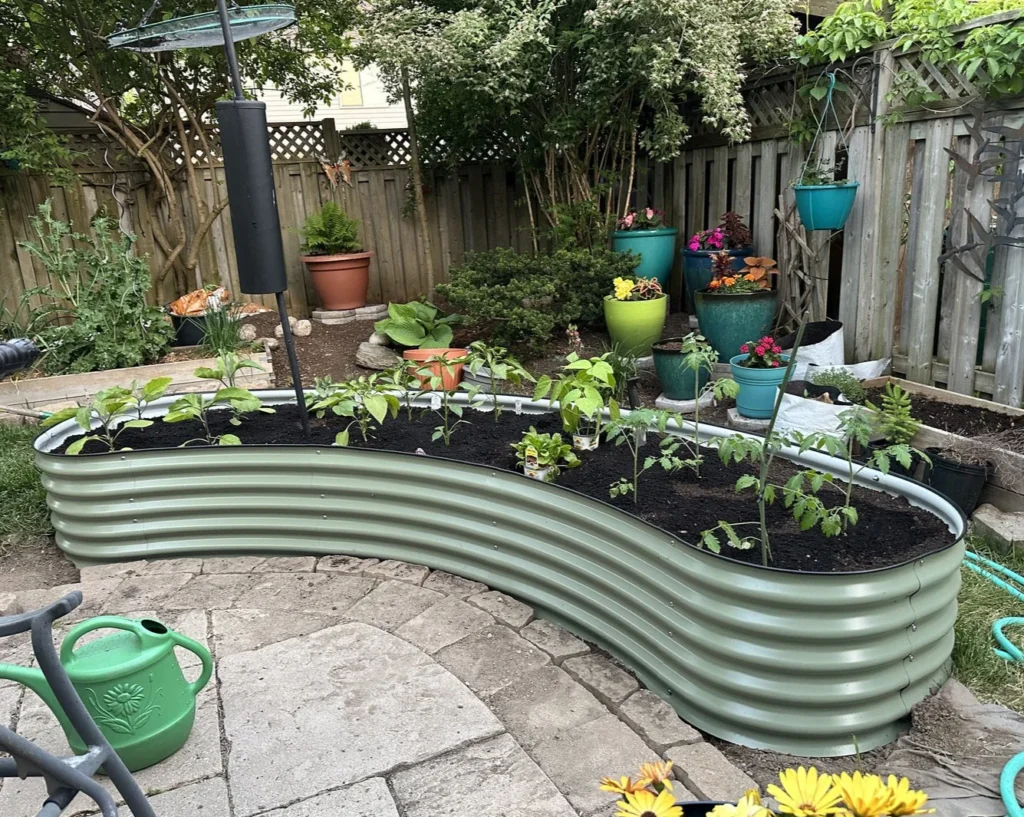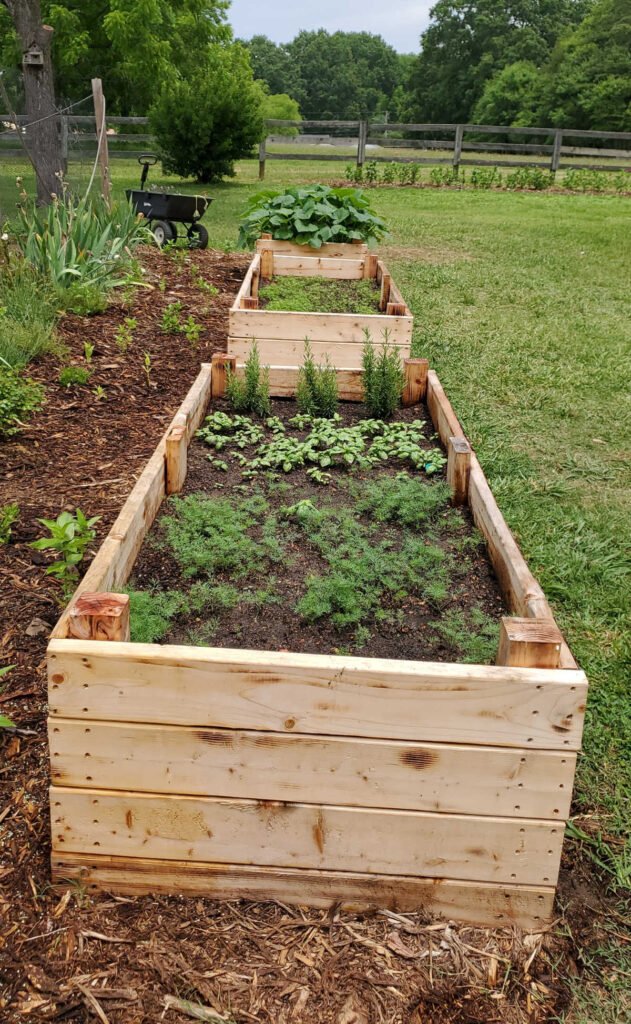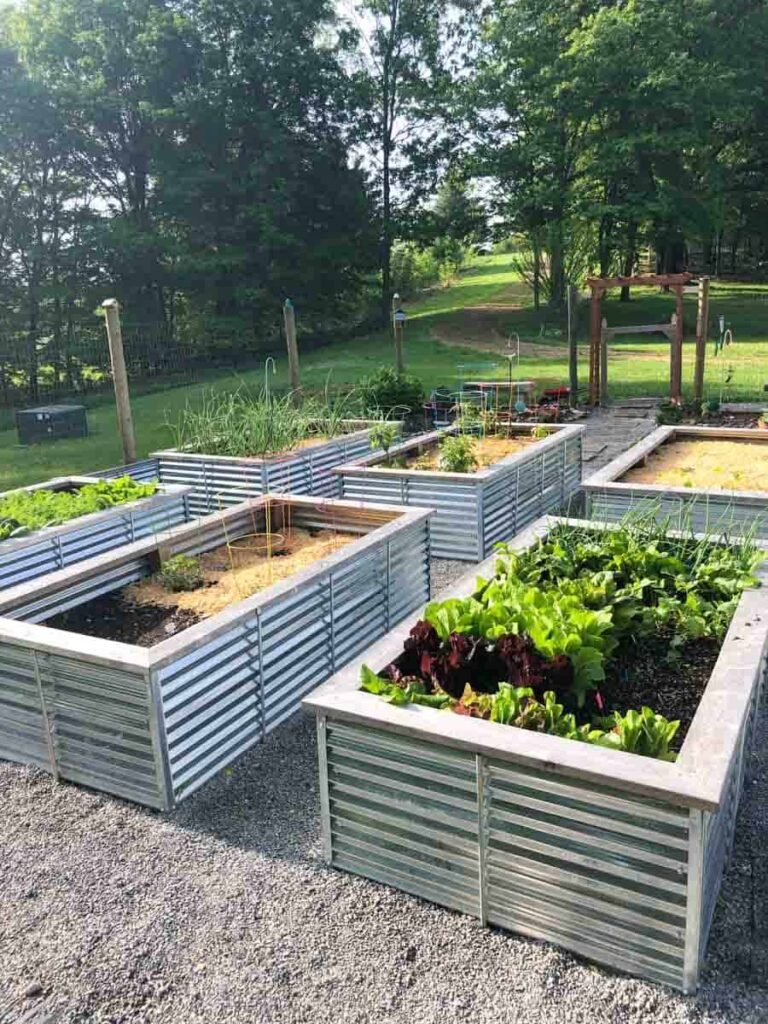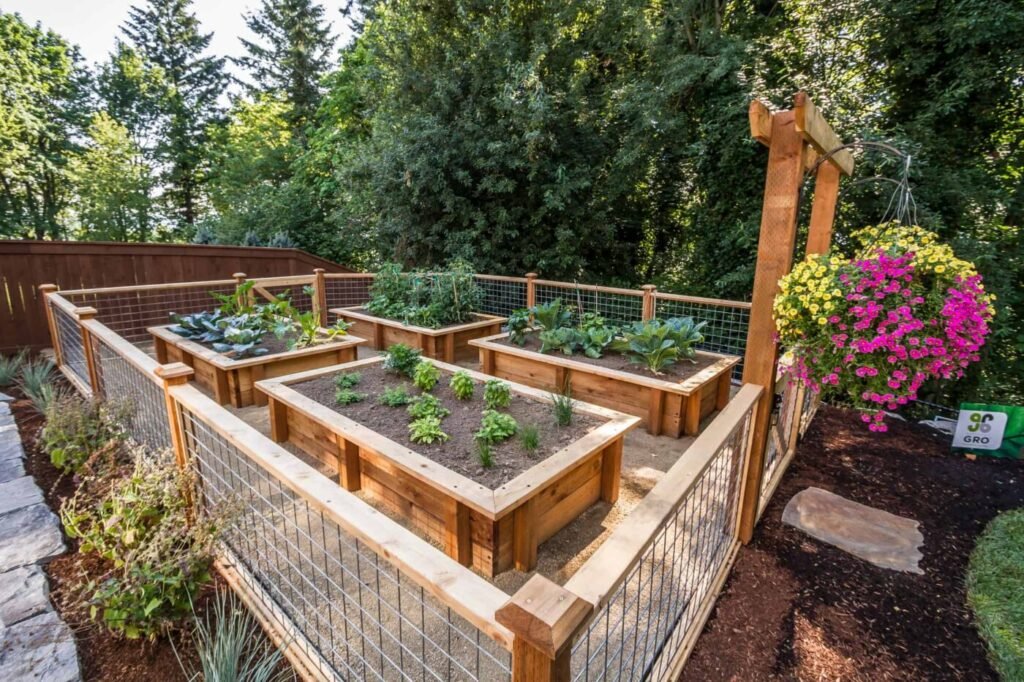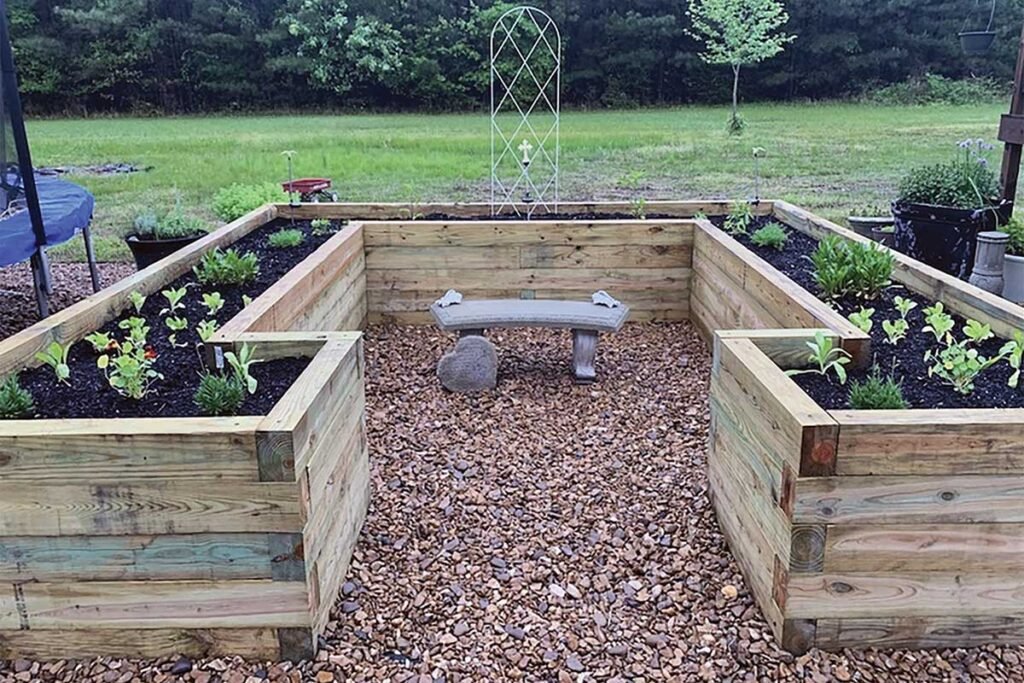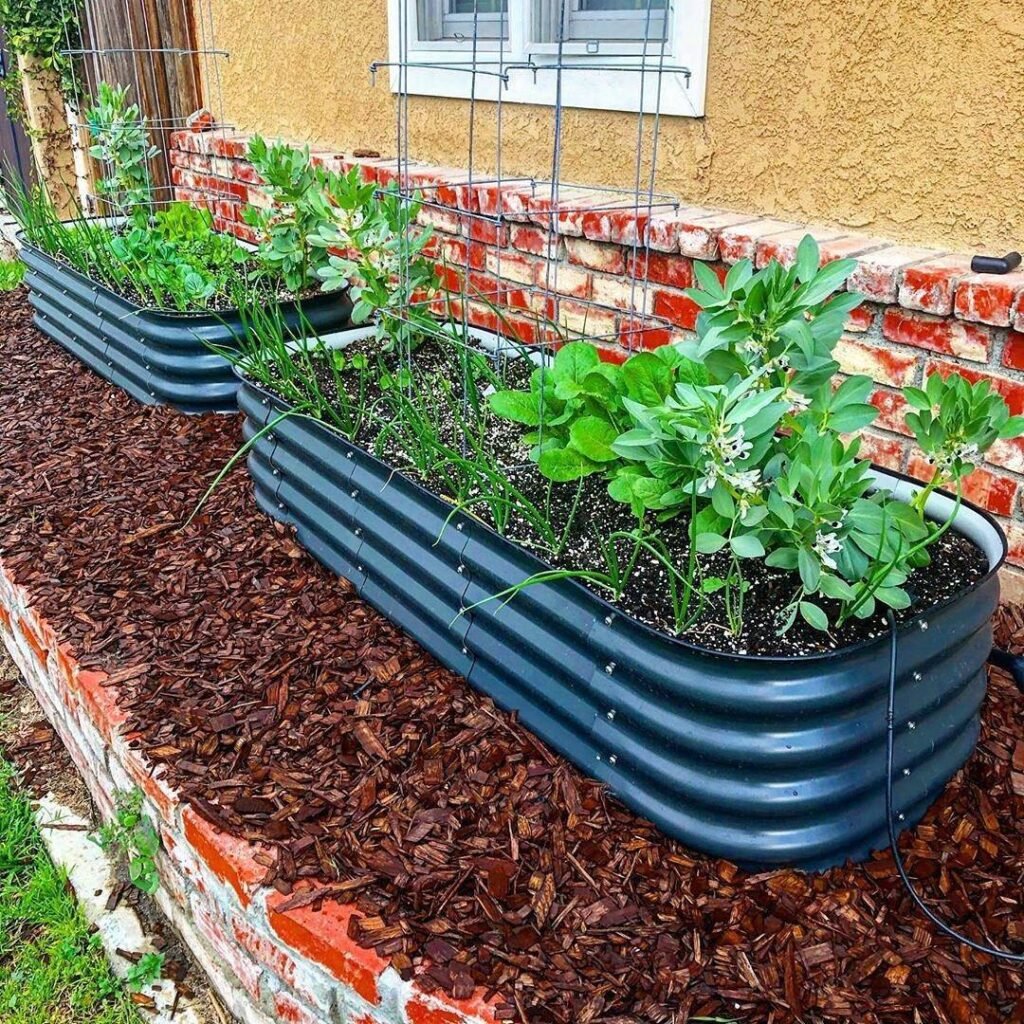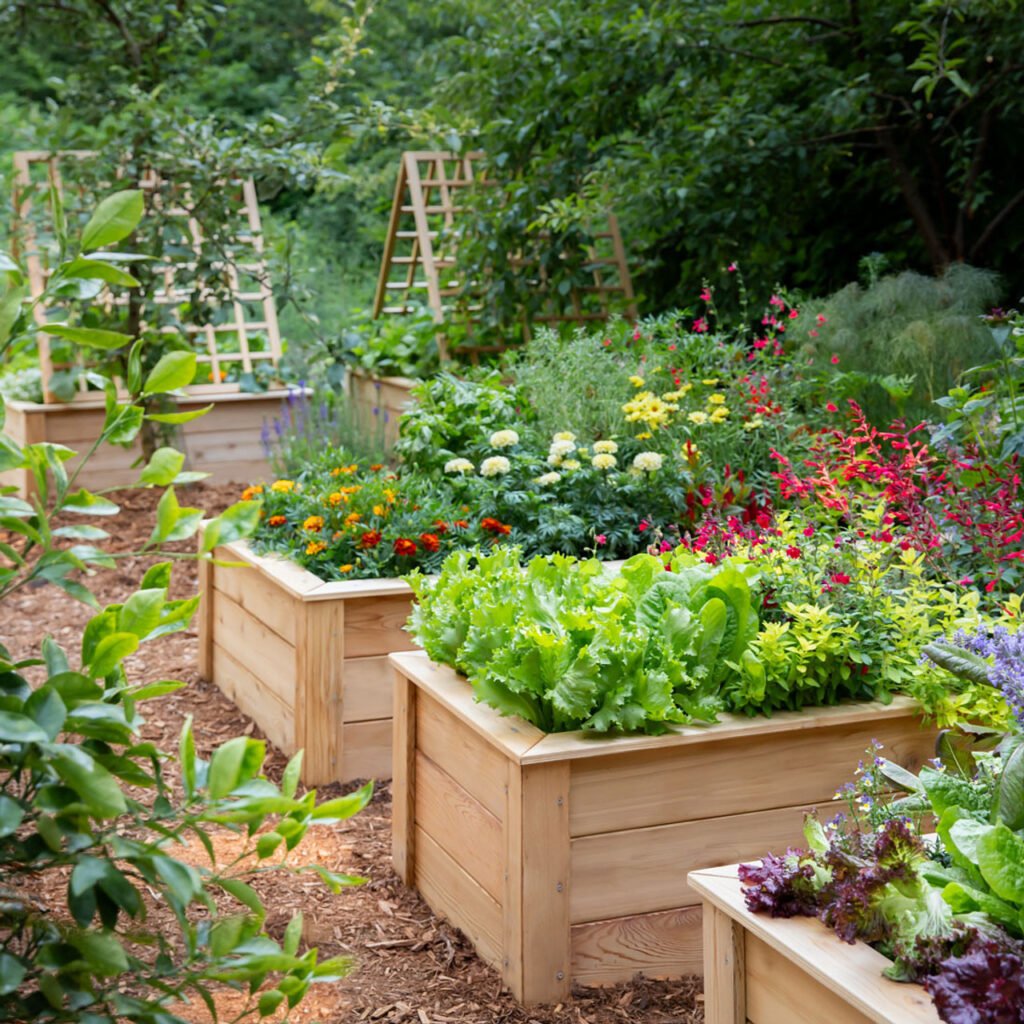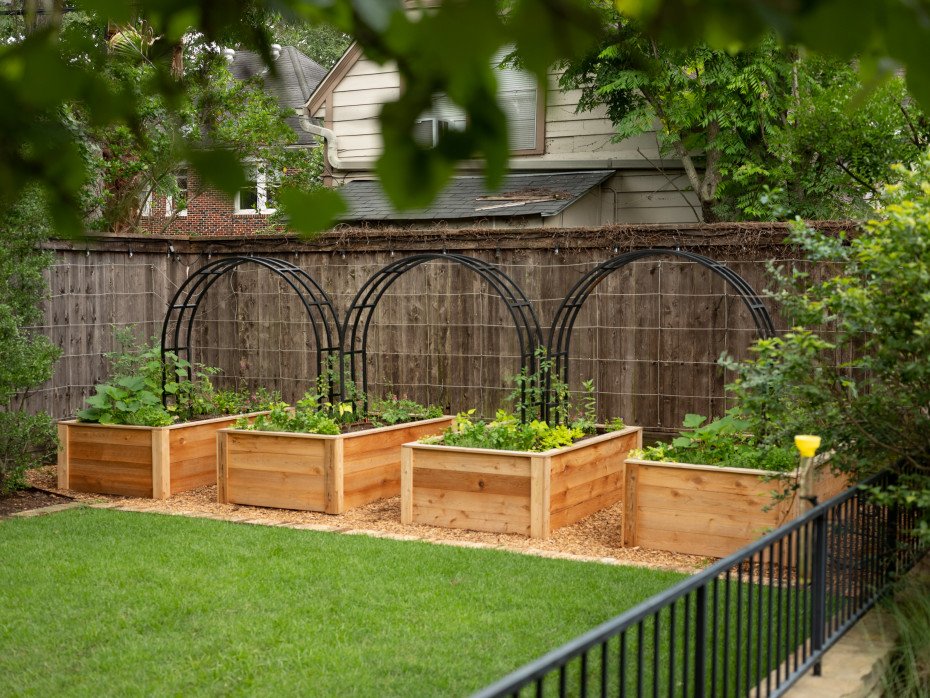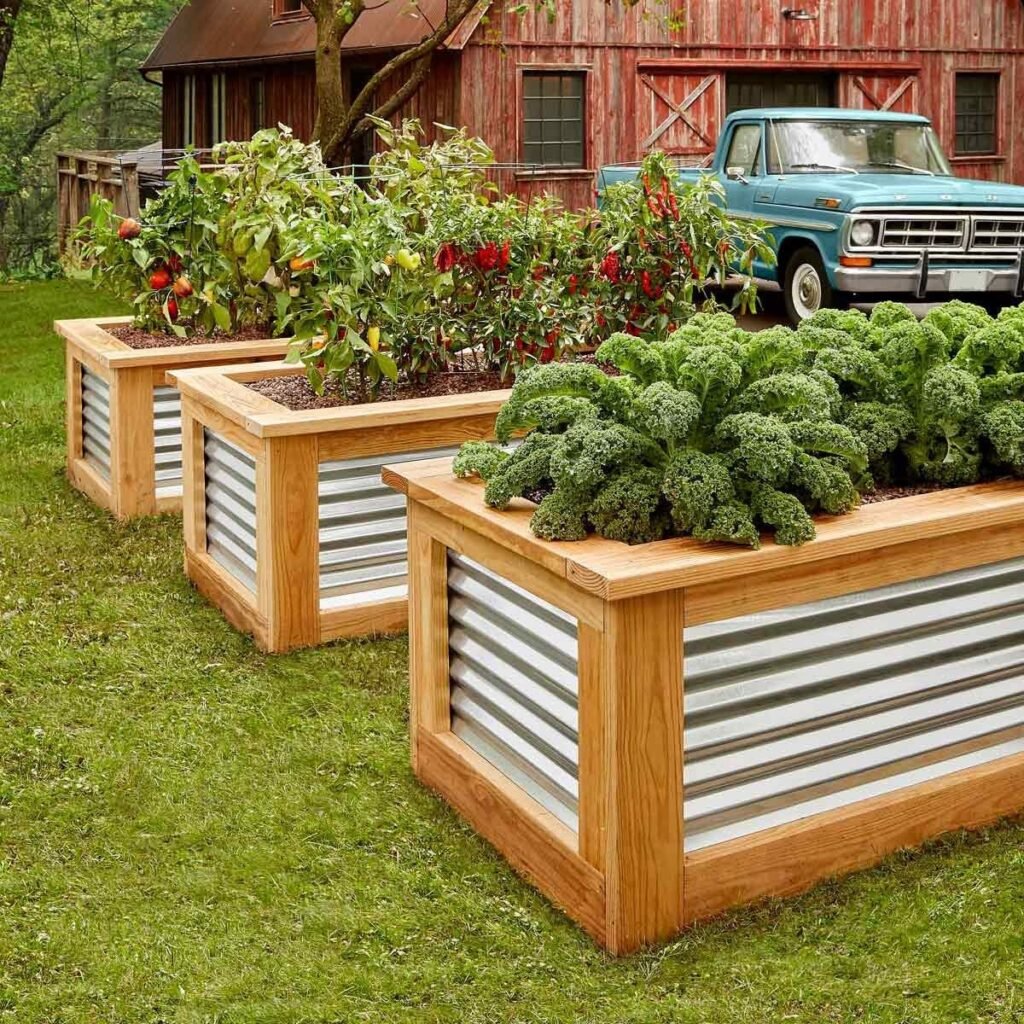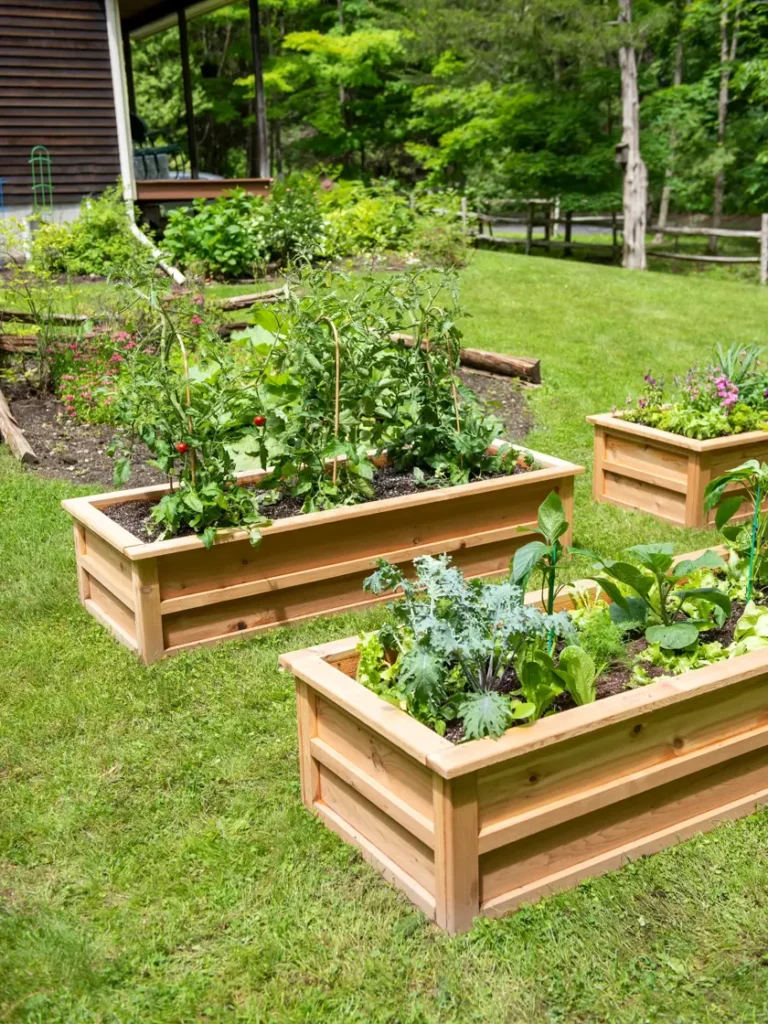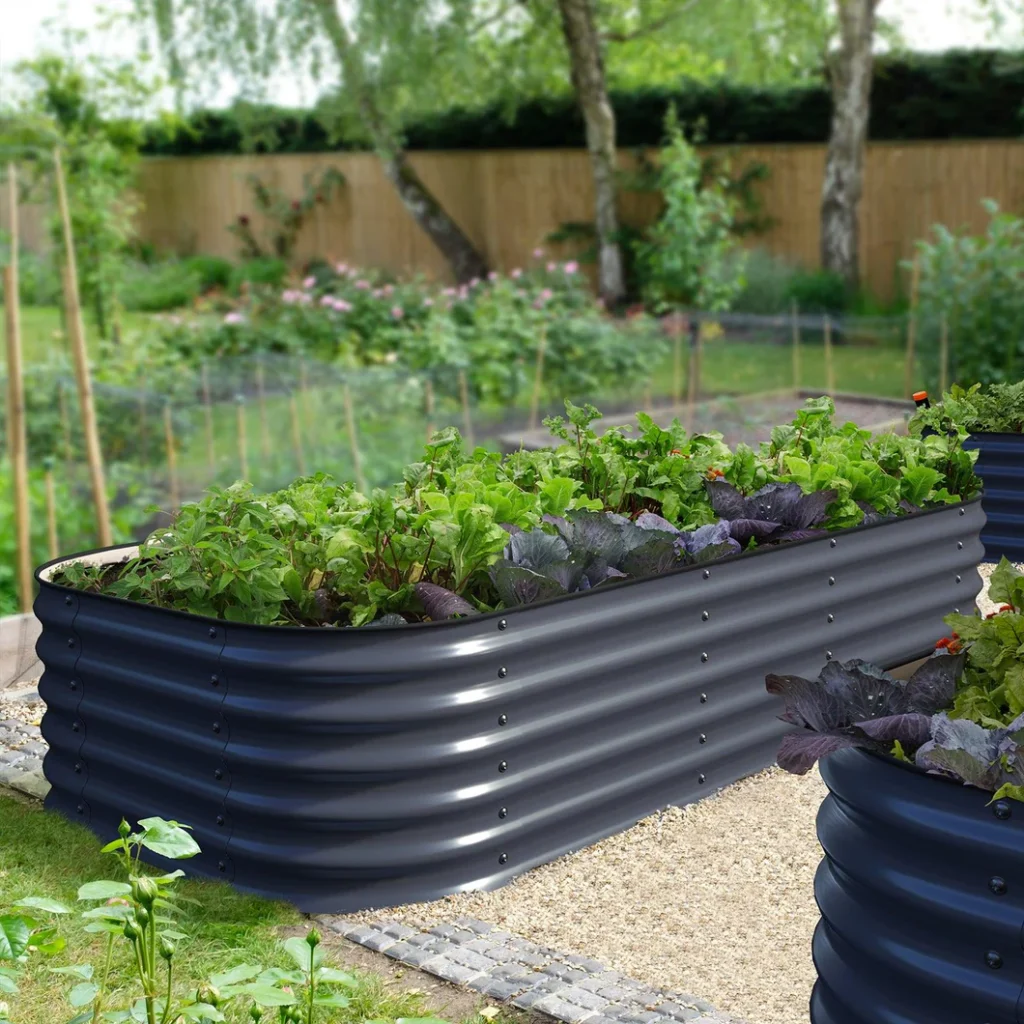

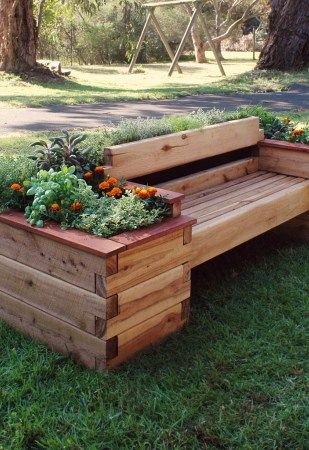
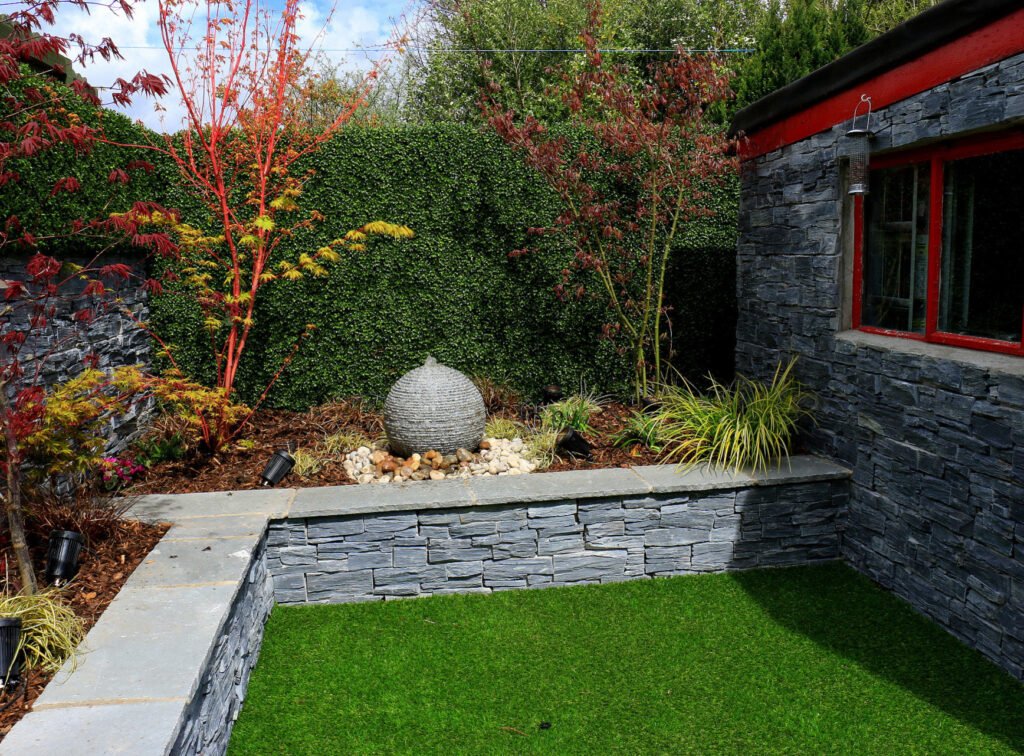
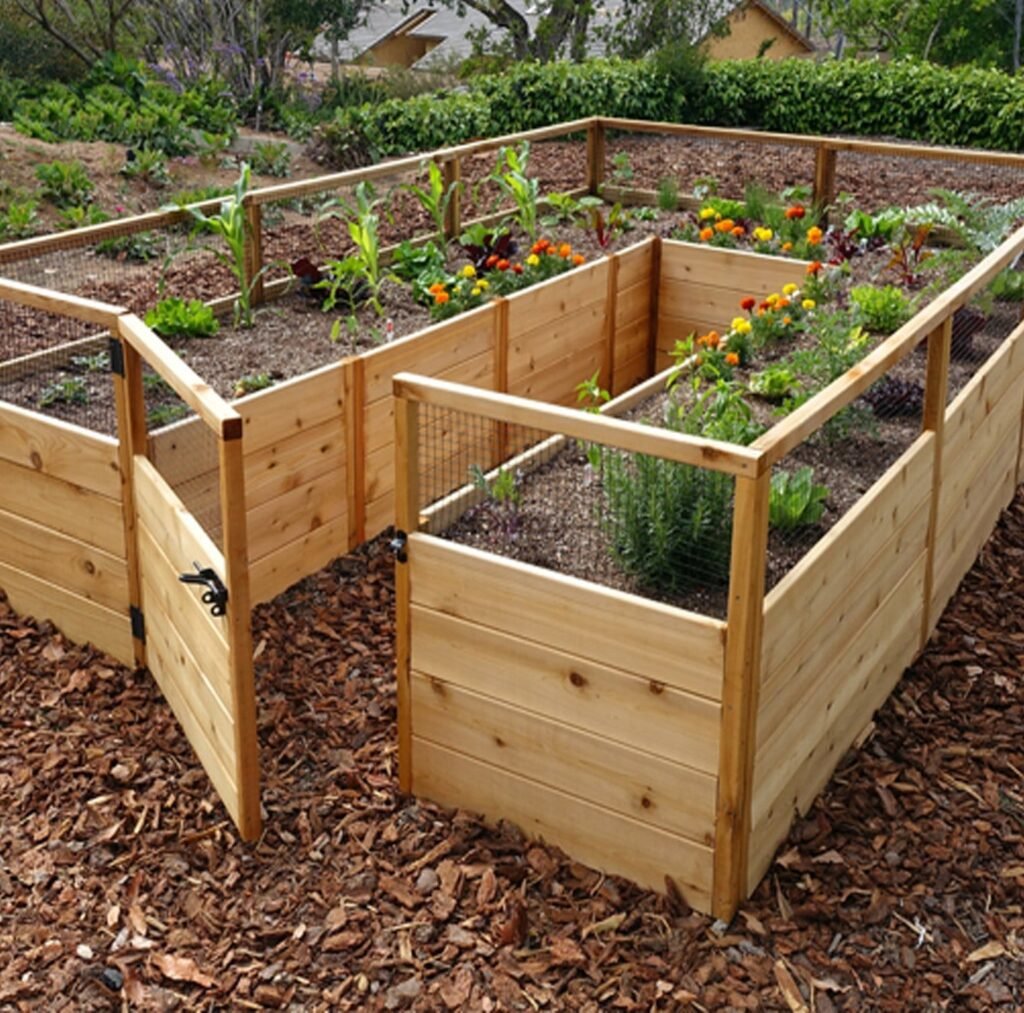

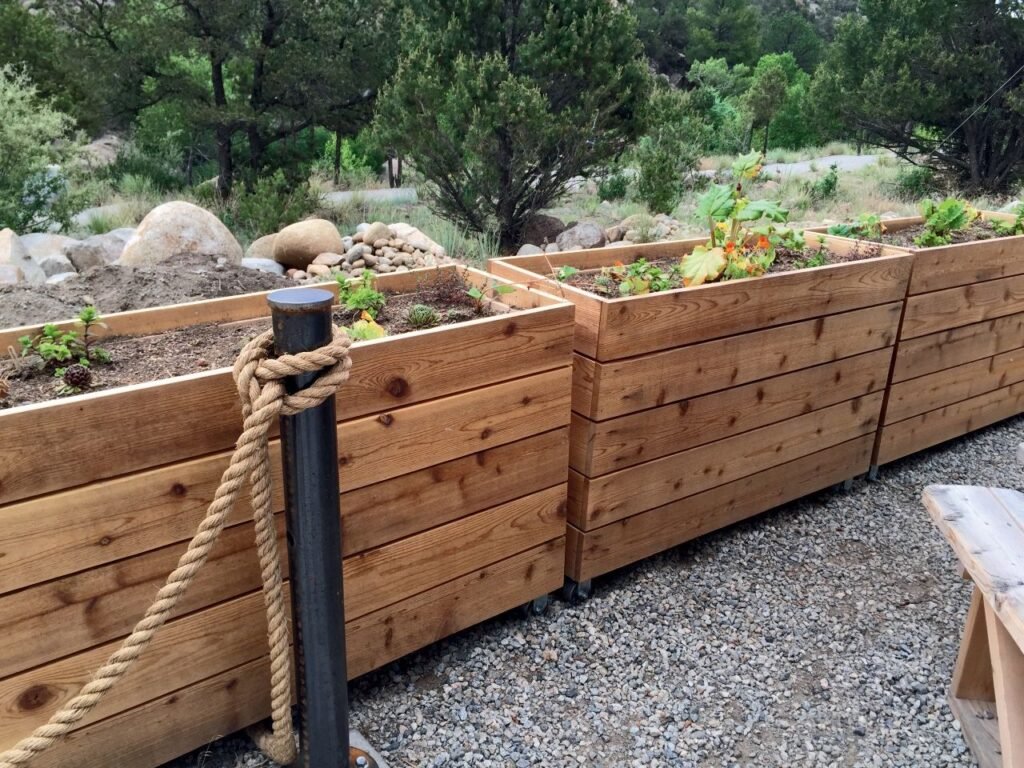



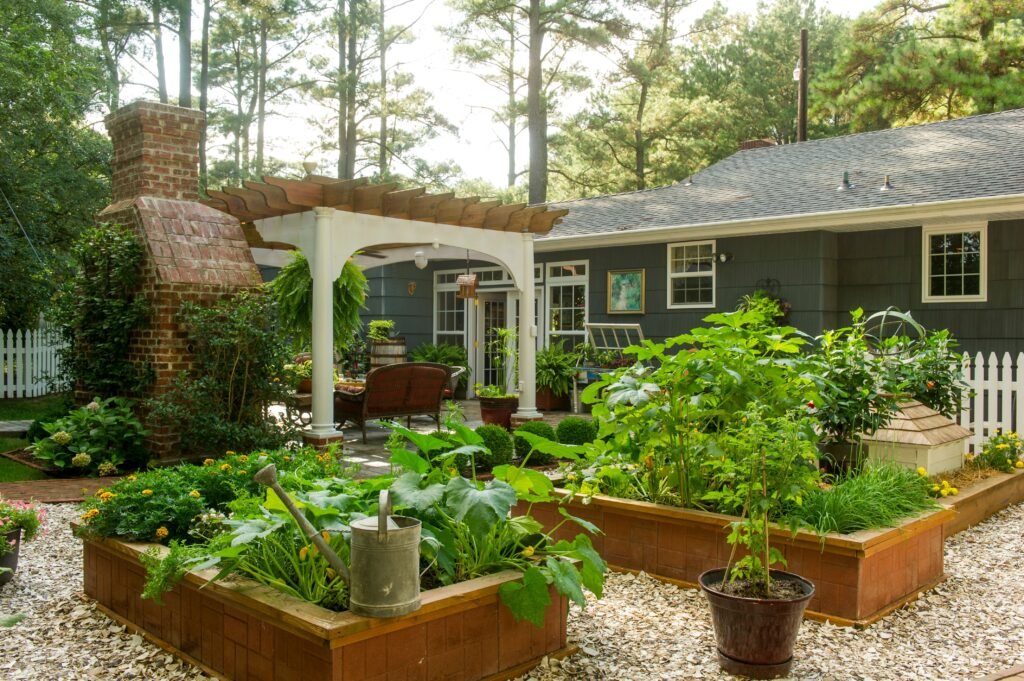
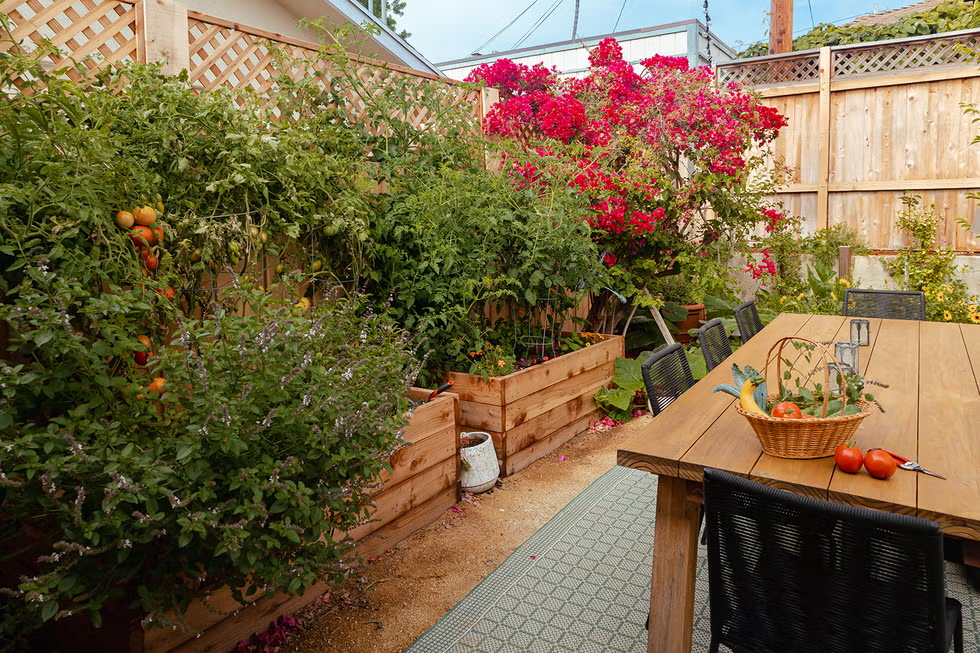
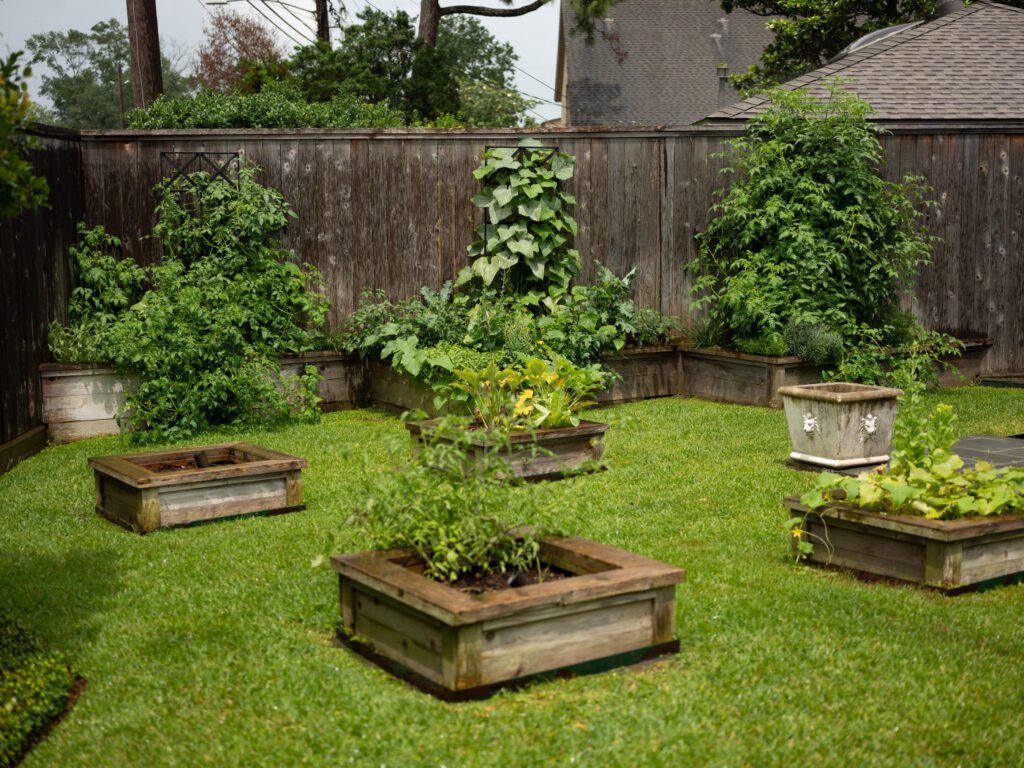
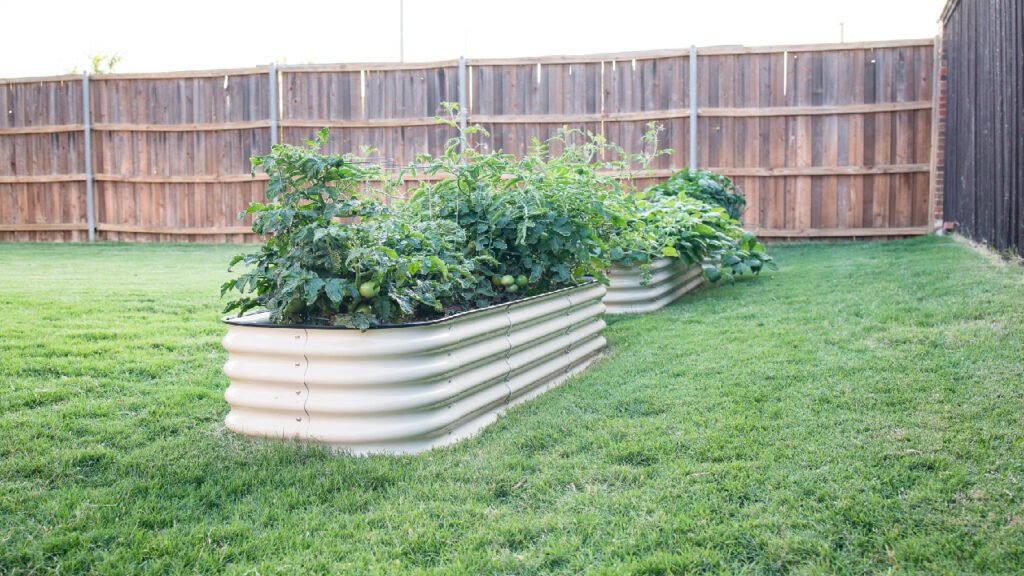

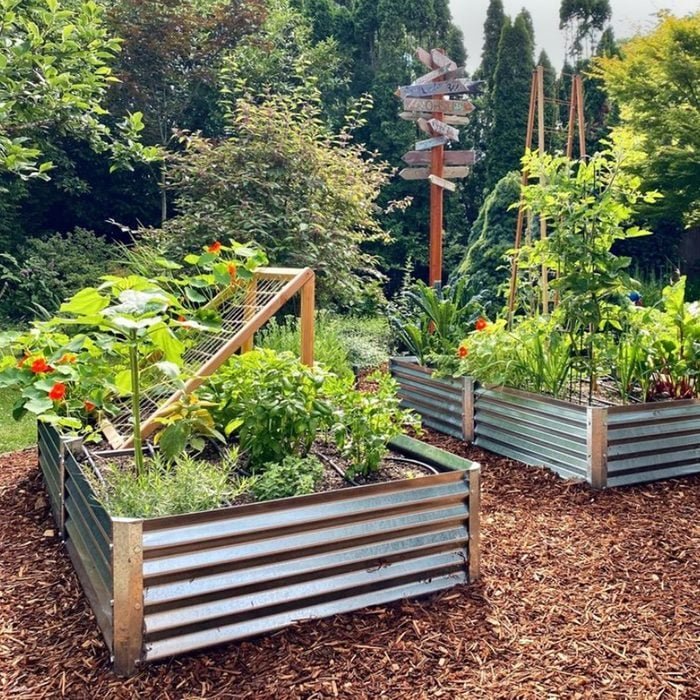
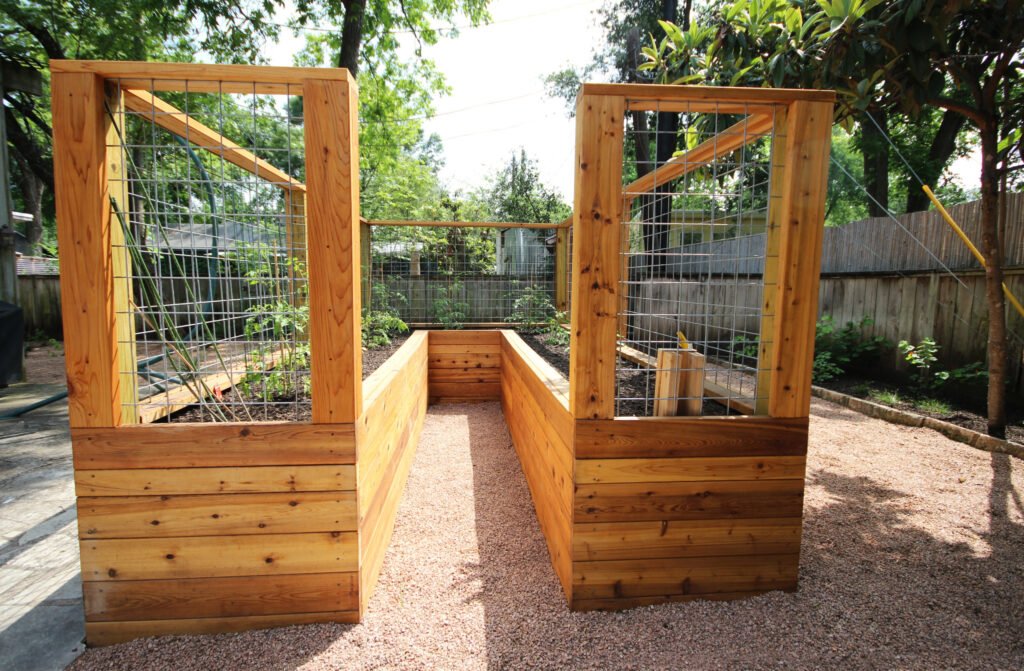
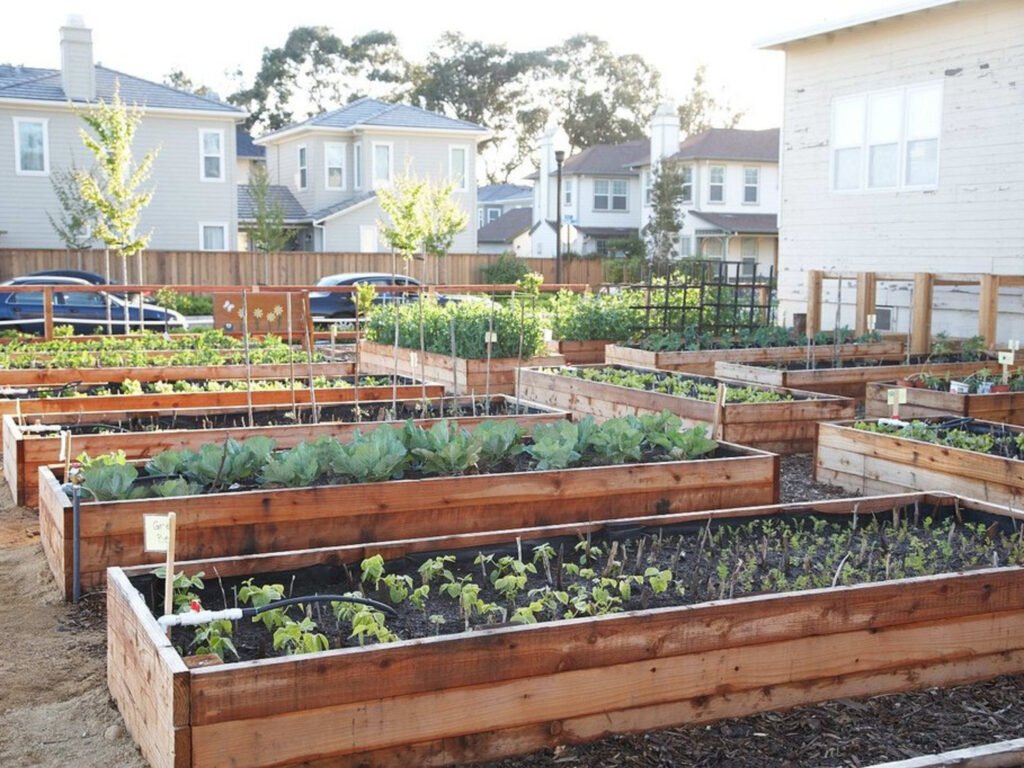



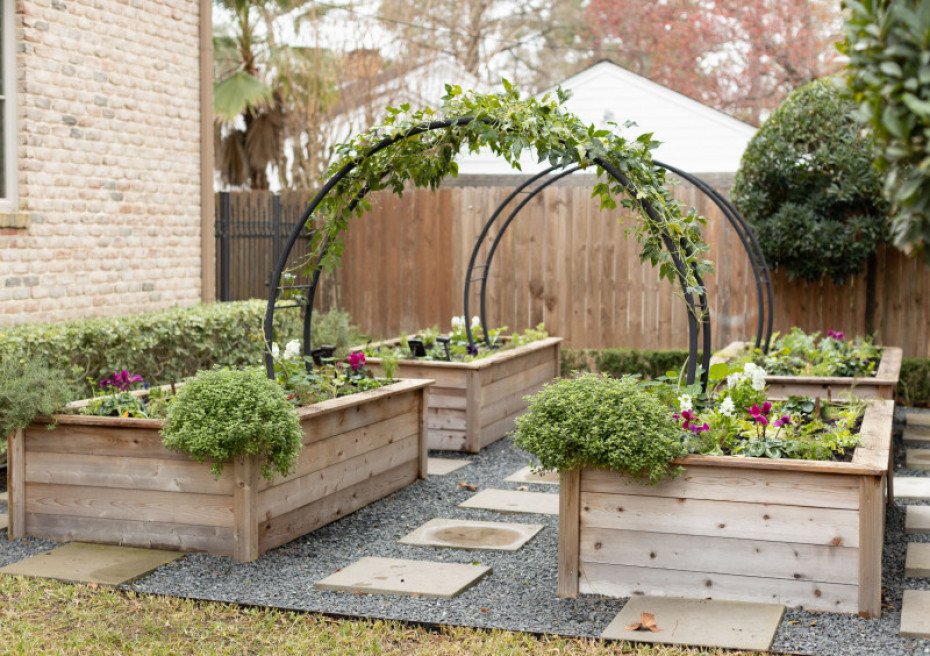
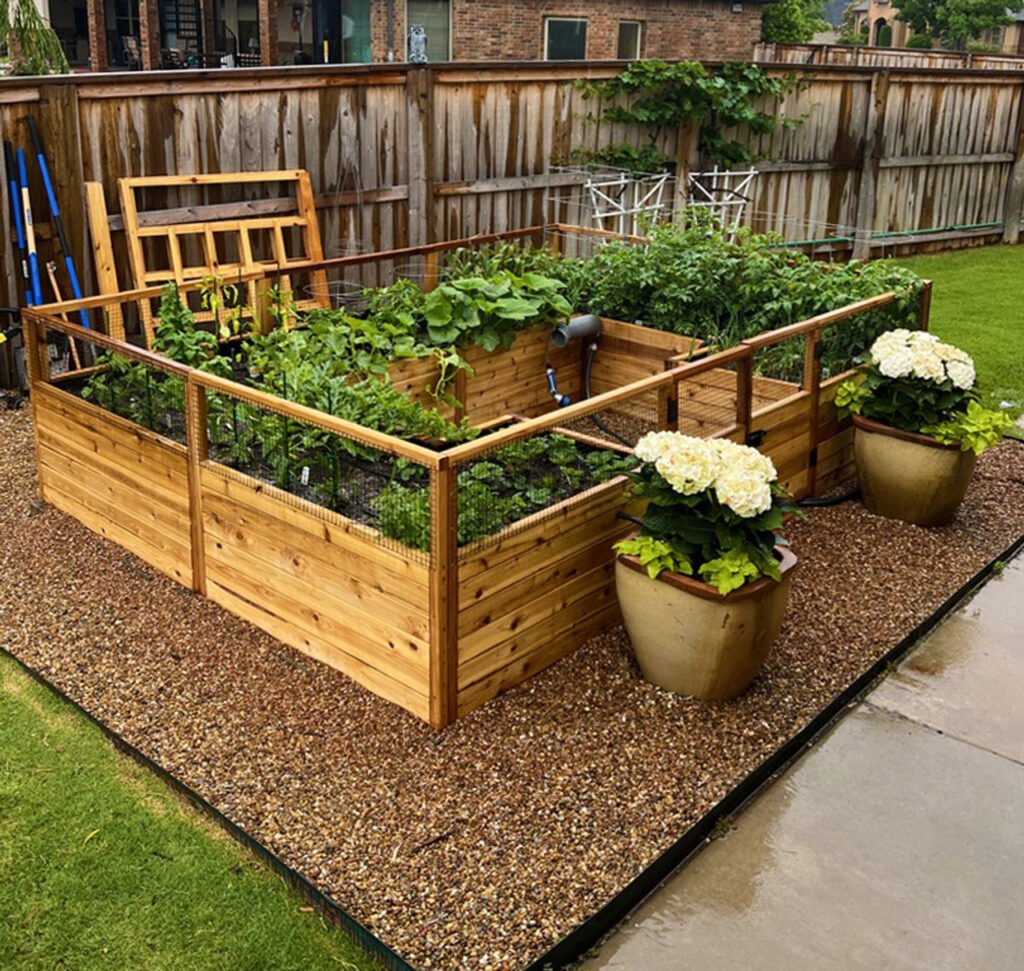
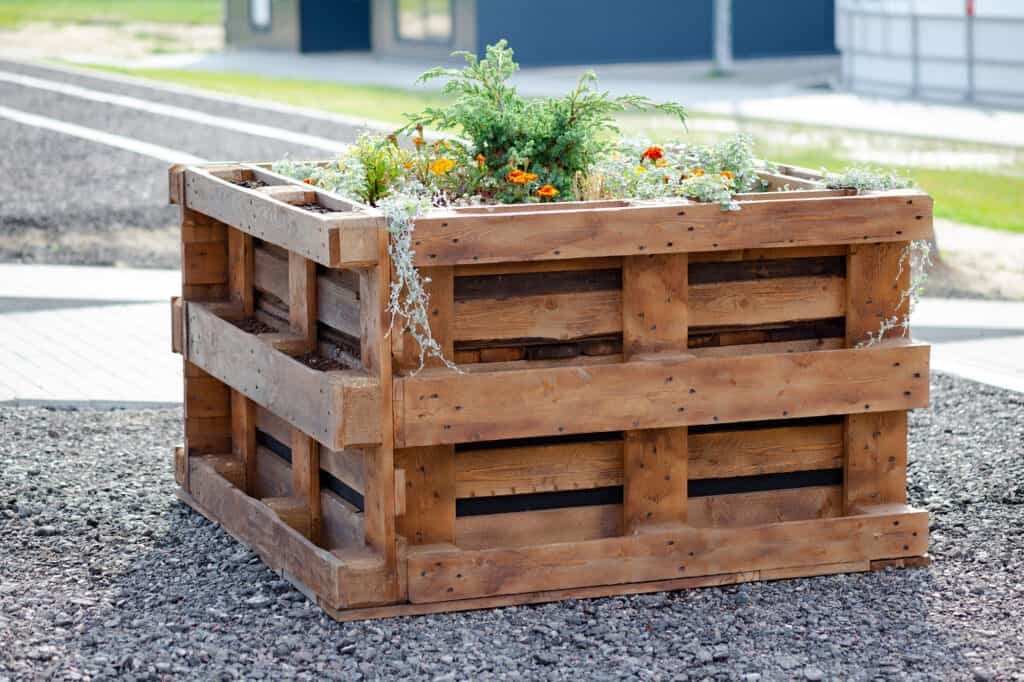
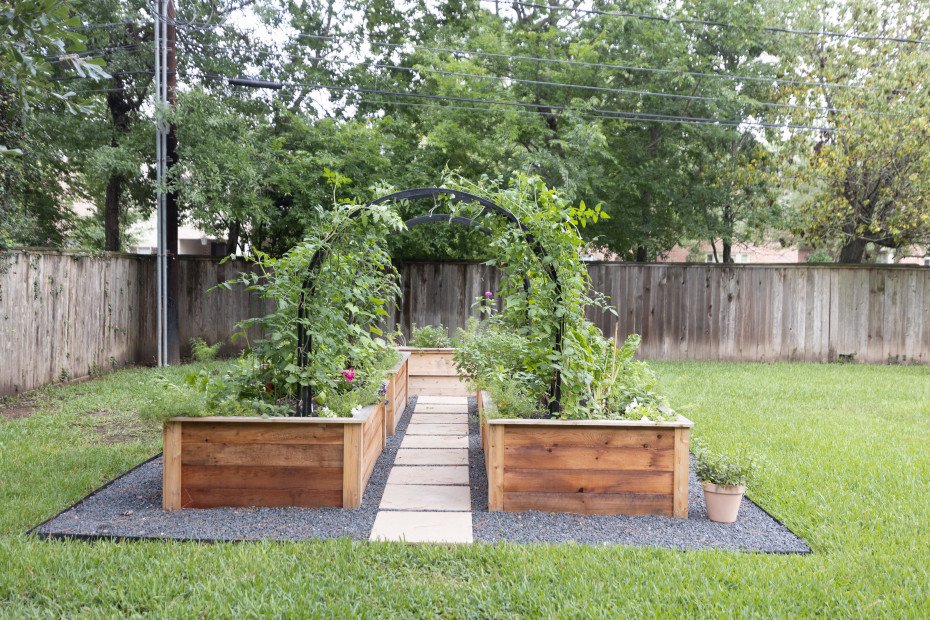

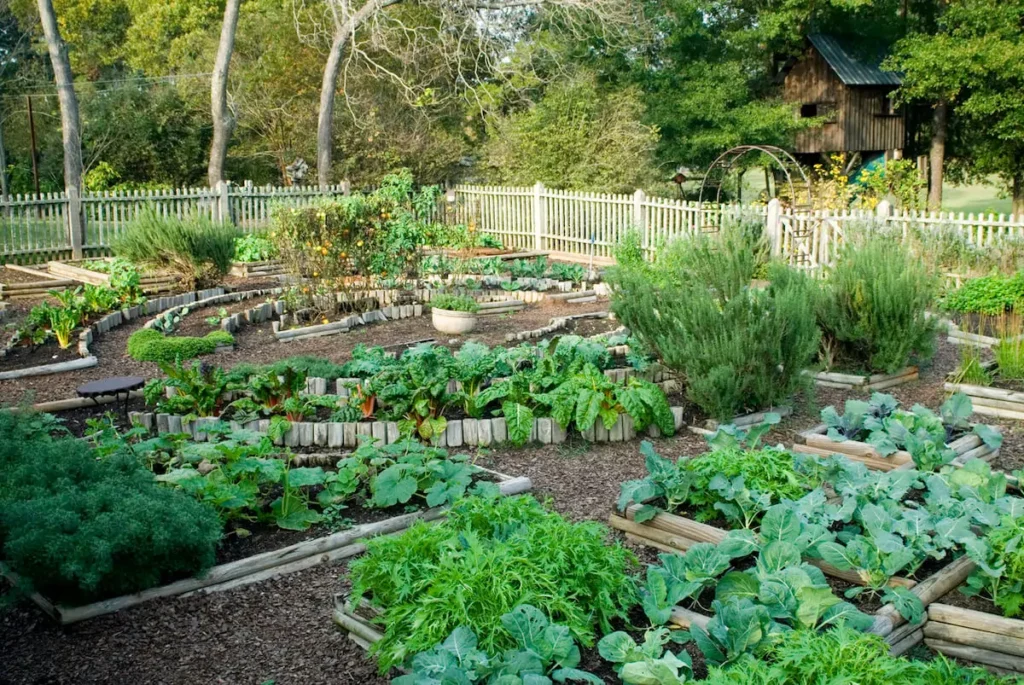

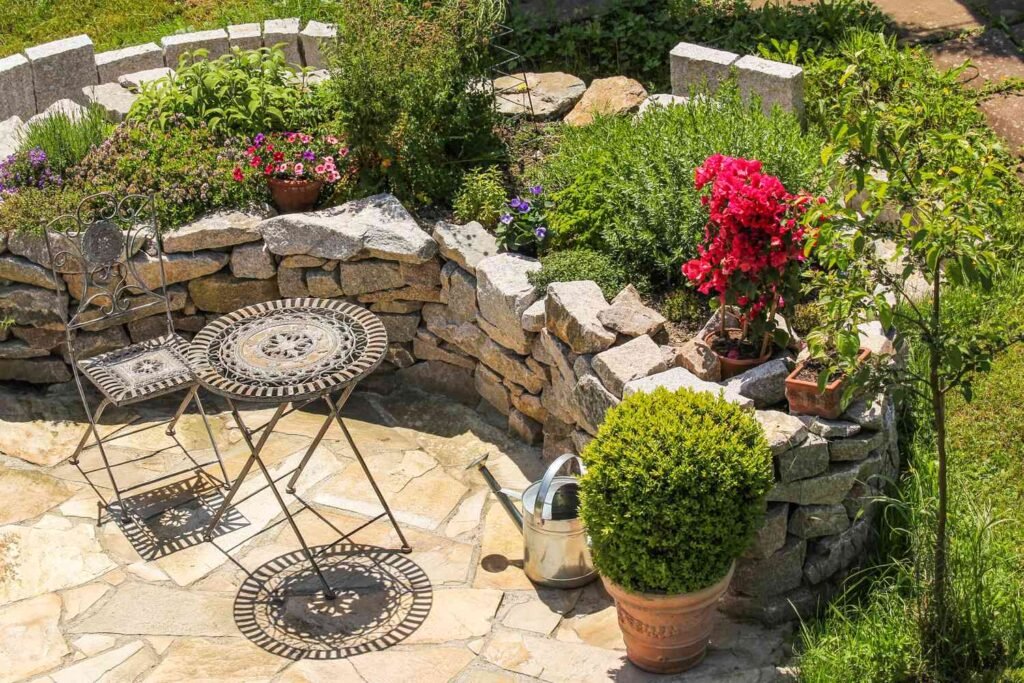


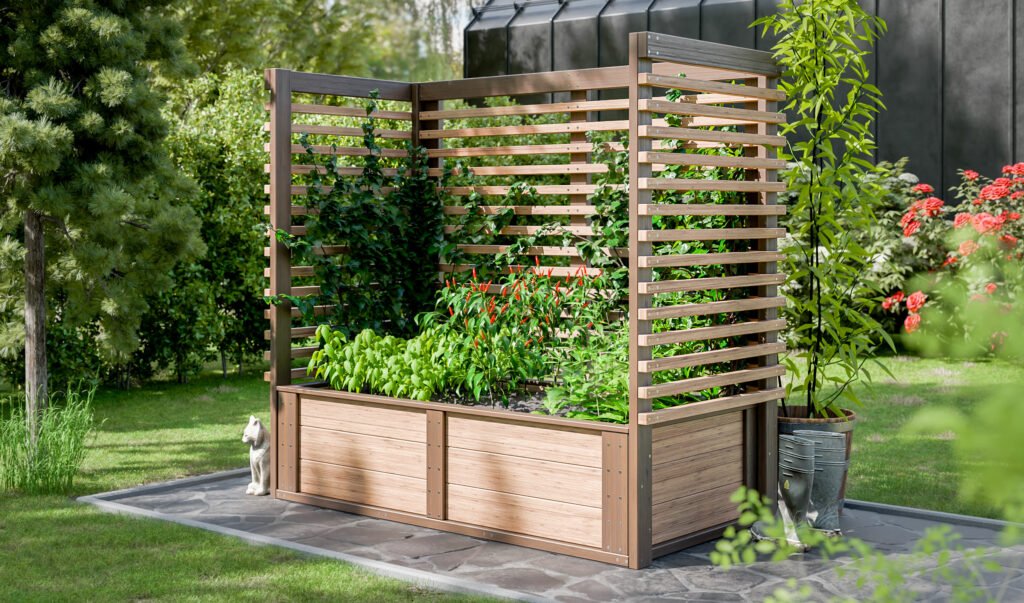

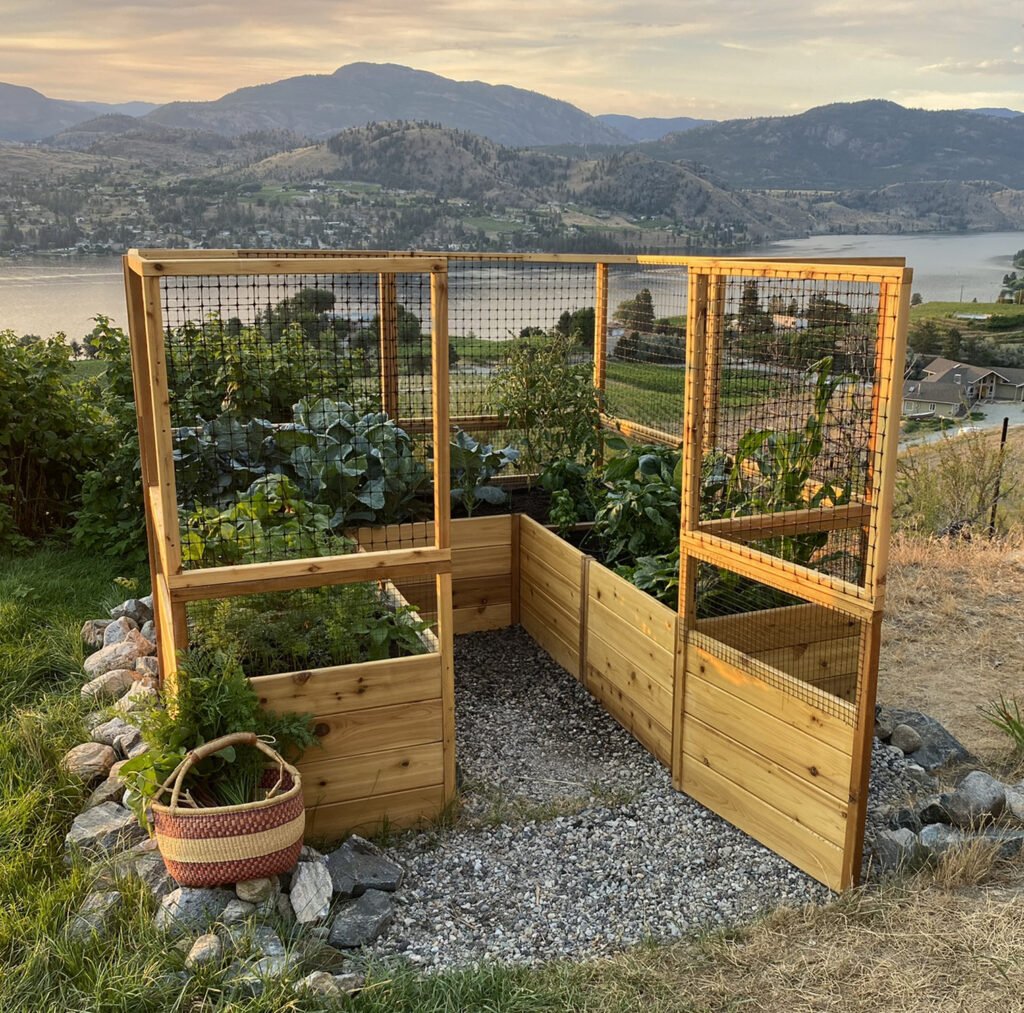
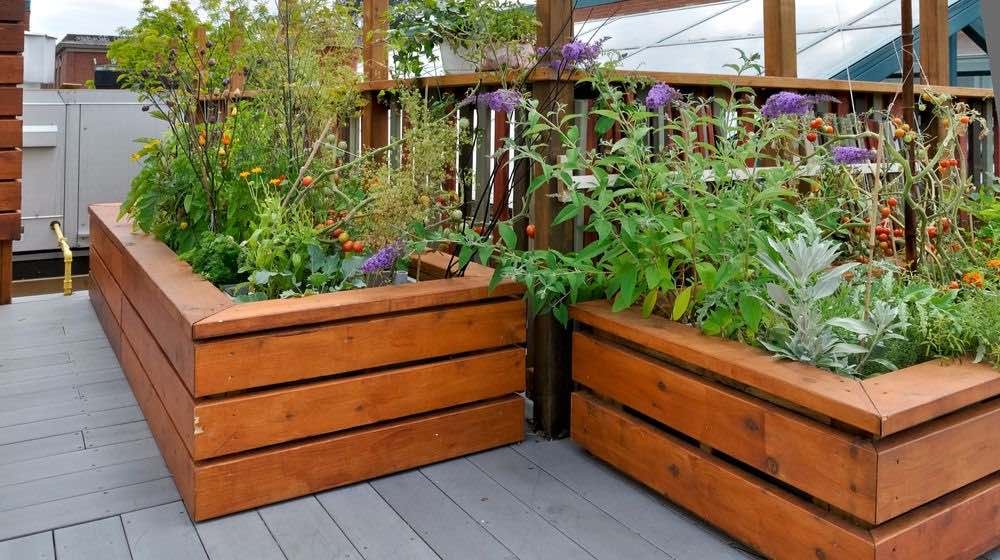

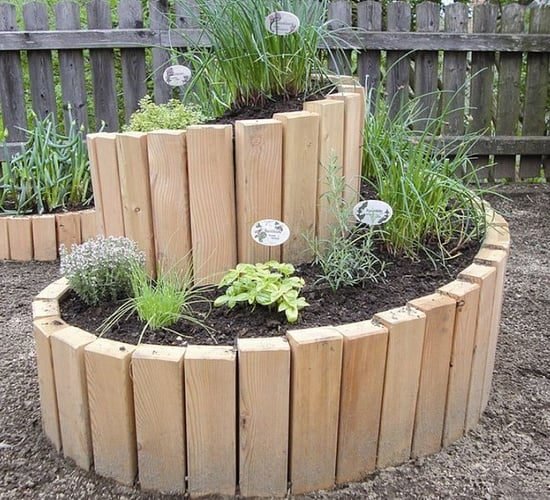
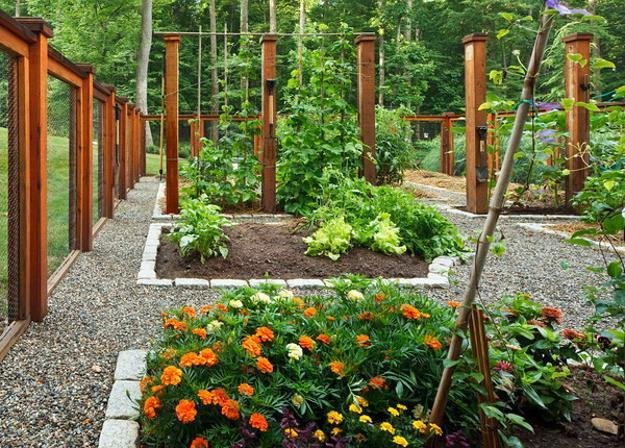
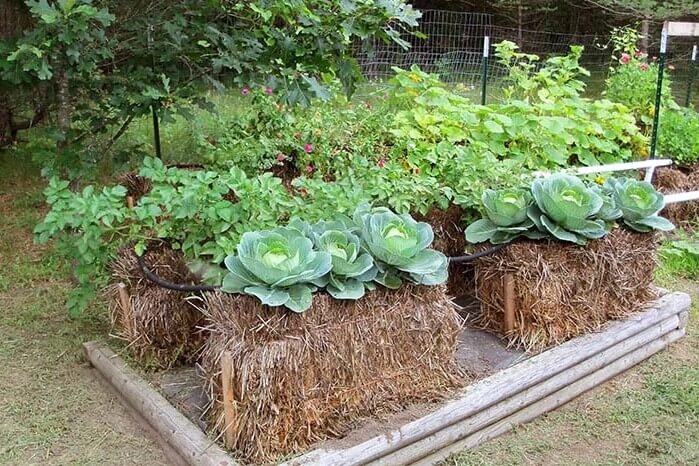

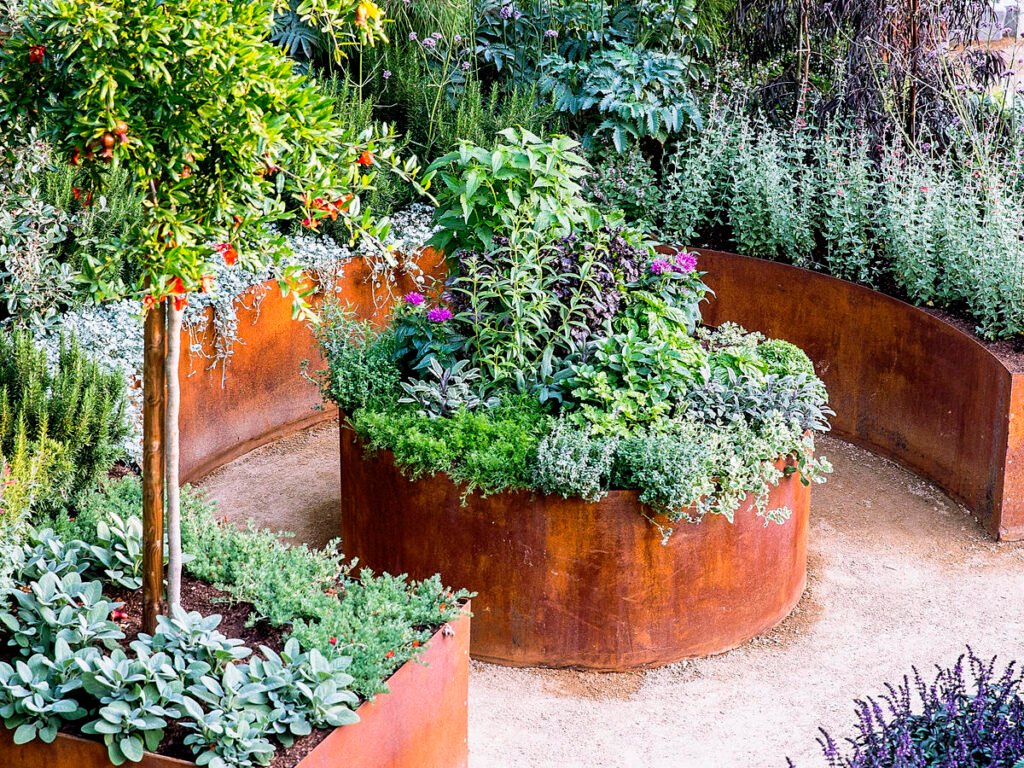
Creative Raised Garden Bed Ideas for a Beautiful and Productive Garden
Raised garden beds are a fantastic way to enhance your gardening space, offering improved soil conditions, better drainage, and a stylish addition to your outdoor area. Whether you’re working with a small backyard, a balcony, or a large garden, there are countless innovative raised bed designs to suit your needs. In this guide, we’ll explore a variety of raised garden bed ideas, from budget-friendly DIY options to stylish and functional designs that maximize space and productivity.
Why Choose Raised Garden Beds?
1. Improved Soil Quality
Raised beds allow you to create the perfect soil blend for optimal plant growth.
2. Enhanced Drainage
Prevents waterlogging and promotes healthier roots.
3. Weed and Pest Control
Reduces the risk of weeds and deters certain pests.
4. Space Optimization
Ideal for small gardens, patios, or urban settings.
5. Aesthetic Appeal
Adds structure and beauty to any garden design.
Unique Raised Garden Bed Ideas
1. Traditional Wooden Raised Beds
Best For: Classic vegetable gardens, easy DIY projects. Materials: Cedar, redwood, reclaimed wood. Why Choose It? Wood provides a natural look and is easy to customize in terms of height and size.
2. Tiered Raised Garden Beds
Best For: Maximizing vertical space, growing multiple plant types. Materials: Wood, metal, stone. Why Choose It? Great for small spaces, visually appealing, and allows for better sunlight exposure at different levels.
3. Metal Raised Garden Beds
Best For: Modern garden designs, long-lasting durability. Materials: Galvanized steel, aluminum. Why Choose It? Resistant to rot, stylish, and perfect for urban gardens.
4. Keyhole Raised Garden Beds
Best For: Permaculture gardens, sustainable gardening. Materials: Bricks, stones, wood. Why Choose It? Built with a central composting area to enrich the soil continuously, making it highly efficient.
5. Elevated Raised Beds on Legs
Best For: Patio gardens, people with mobility issues. Materials: Wood, metal, plastic. Why Choose It? Prevents bending, keeps pests away, and is perfect for balconies or decks.
6. Hugelkultur Raised Beds
Best For: Eco-friendly gardening, water conservation. Materials: Logs, branches, compost, soil. Why Choose It? Retains moisture, self-fertilizing, and reduces the need for frequent watering.
7. Spiral Raised Garden Beds
Best For: Herb gardens, compact spaces. Materials: Stones, bricks, wood. Why Choose It? Provides different microclimates, allowing you to grow a variety of herbs and vegetables in a small space.
8. Concrete Block Raised Beds
Best For: Budget-friendly, long-lasting gardens. Materials: Cinder blocks, concrete bricks. Why Choose It? Affordable, easy to build, and allows for additional planting in the block holes.
9. Recycled Pallet Raised Beds
Best For: Sustainable, low-cost gardening. Materials: Reclaimed wooden pallets. Why Choose It? Eco-friendly, budget-friendly, and easy to assemble.
10. Wattle Raised Garden Beds
Best For: Rustic, cottage-style gardens. Materials: Woven willow or branches. Why Choose It? Creates a natural, charming aesthetic and is biodegradable.
How to Choose the Right Raised Garden Bed Idea
- Assess Your Space: Determine how much room you have and what size fits best.
- Consider Your Budget: Some options are more cost-effective than others.
- Think About Longevity: Choose materials that will last for years with minimal maintenance.
- Match Your Aesthetic: Pick a style that complements your existing garden or home decor.
- Evaluate Your Gardening Goals: Whether you want to grow vegetables, flowers, or herbs, select a design that supports your needs.
Step-by-Step Guide to Building a Raised Garden Bed
Materials Needed:
- Wood planks, metal sheets, or chosen building material.
- Screws or nails.
- Drill or screwdriver.
- Measuring tape.
- Saw (if using wood).
- Level.
- Landscape fabric (optional).
- Soil mix.
Instructions:
Step 1: Select a Location
- Choose a spot with at least 6-8 hours of sunlight per day.
- Ensure proper drainage and accessibility.
Step 2: Choose Your Material and Cut It to Size
- Determine the dimensions of your raised bed (common size: 4 feet by 8 feet).
- Cut the materials to fit the chosen design.
Step 3: Assemble the Frame
- Secure the corners with screws or nails.
- Use a level to ensure everything is even.
Step 4: Prepare the Ground
- Remove weeds or grass.
- Optionally, lay cardboard or landscape fabric to prevent weed growth.
Step 5: Fill with Soil
- Use a high-quality mix of topsoil, compost, and organic matter.
- Water the soil lightly before planting.
Step 6: Start Planting
- Space plants accordingly to avoid overcrowding.
- Consider companion planting for optimal growth.
Final Tips for a Successful Raised Garden Bed
1. Water Regularly
- Raised beds dry out faster than in-ground gardens, so monitor moisture levels.
2. Mulch for Moisture Retention
- Apply a layer of mulch to retain water and reduce weeds.
3. Rotate Crops Annually
- Prevent soil depletion and plant diseases by rotating crops.
4. Add Compost Seasonally
- Replenish nutrients each growing season with fresh compost.
5. Keep an Eye on Structural Integrity
- Check for wear and tear, and reinforce weak areas as needed.
Conclusion
Raised garden beds come in a variety of designs and materials, allowing you to tailor your garden to fit your space, budget, and style preferences. Whether you opt for a simple wooden frame, a stylish metal structure, or an eco-friendly Hugelkultur bed, the key is choosing a design that enhances your gardening experience. With proper construction and maintenance, raised garden beds can provide years of productive and beautiful gardening.
Start planning your raised garden bed today and transform your outdoor space into a thriving oasis!
